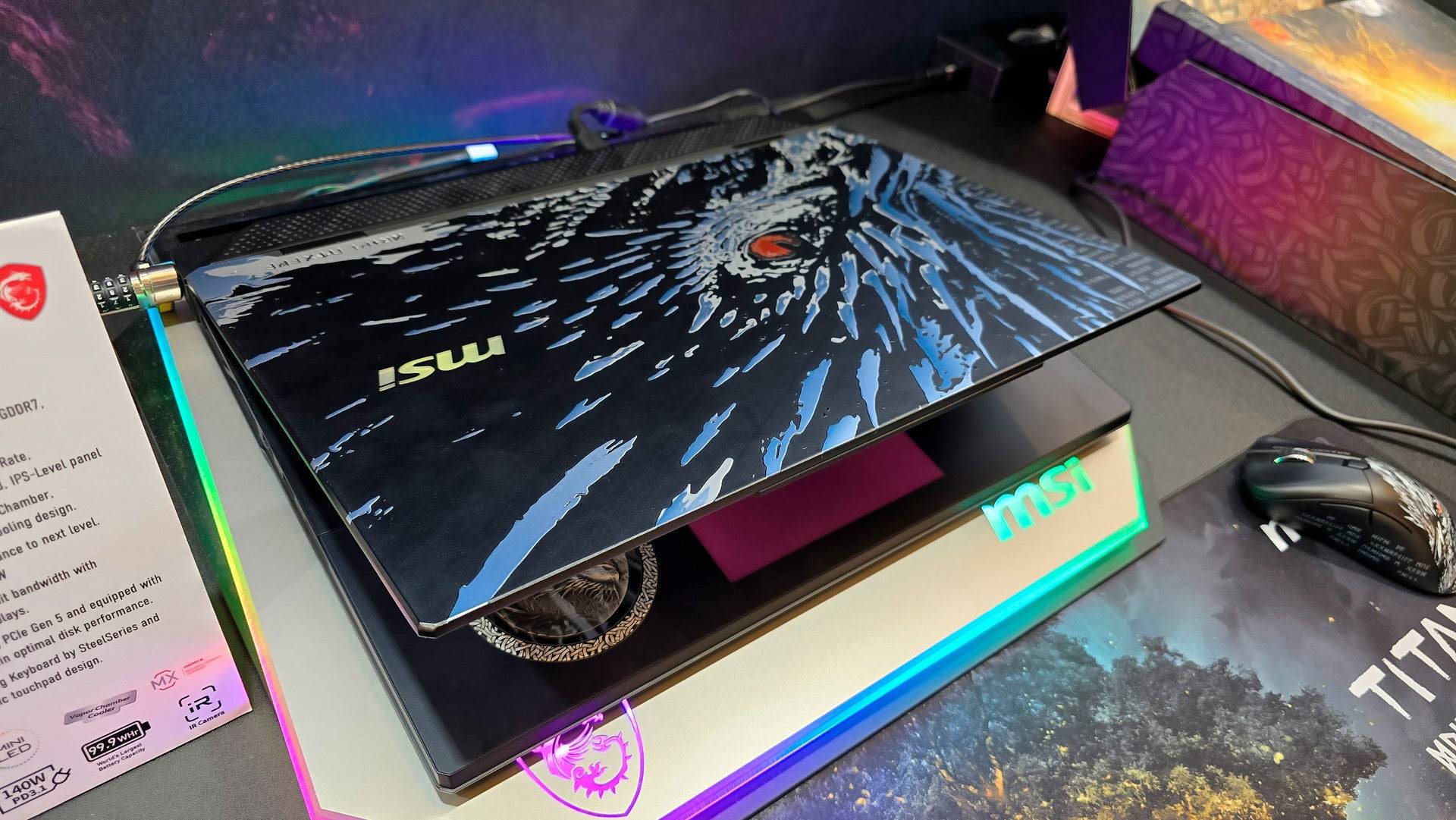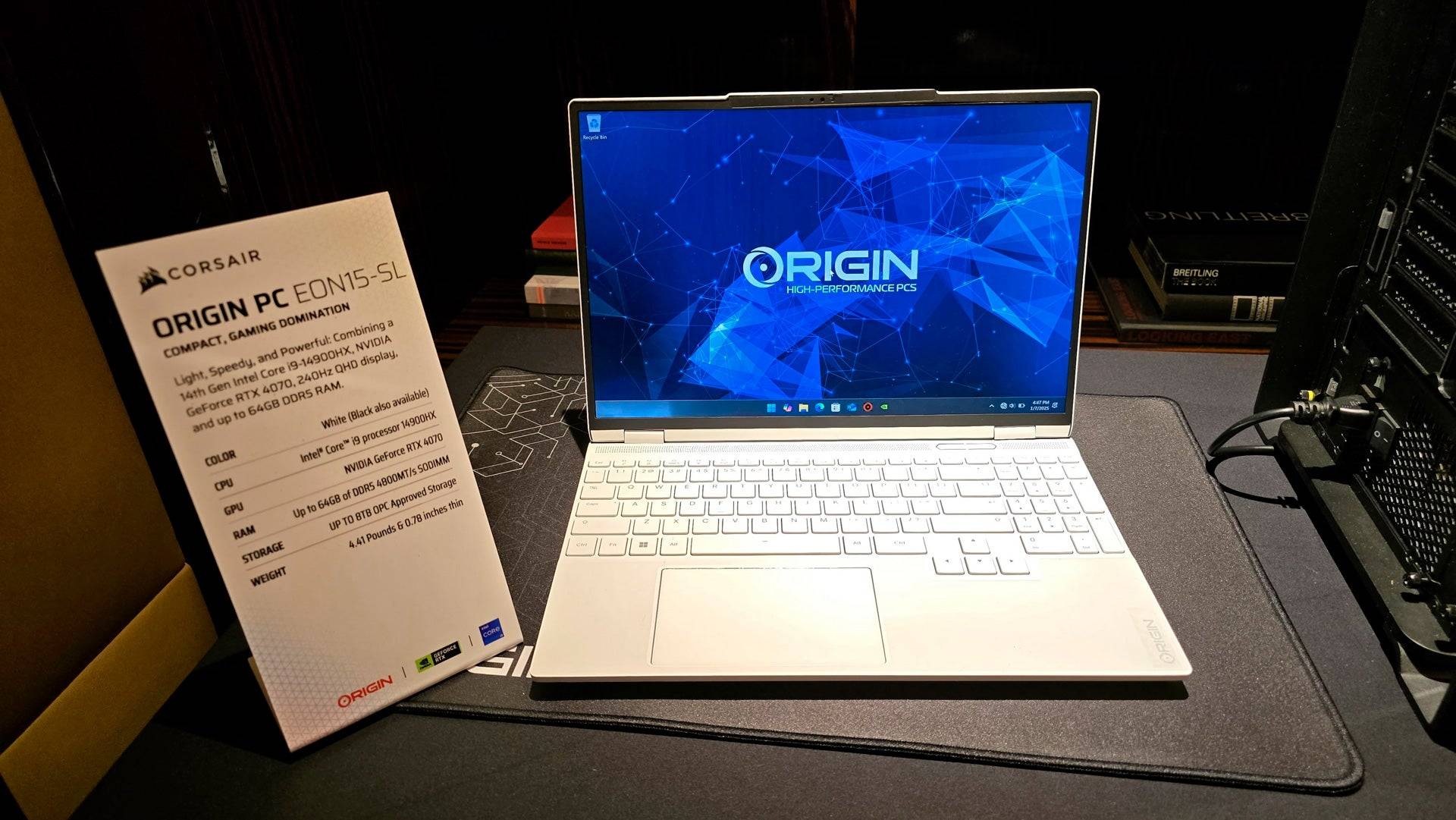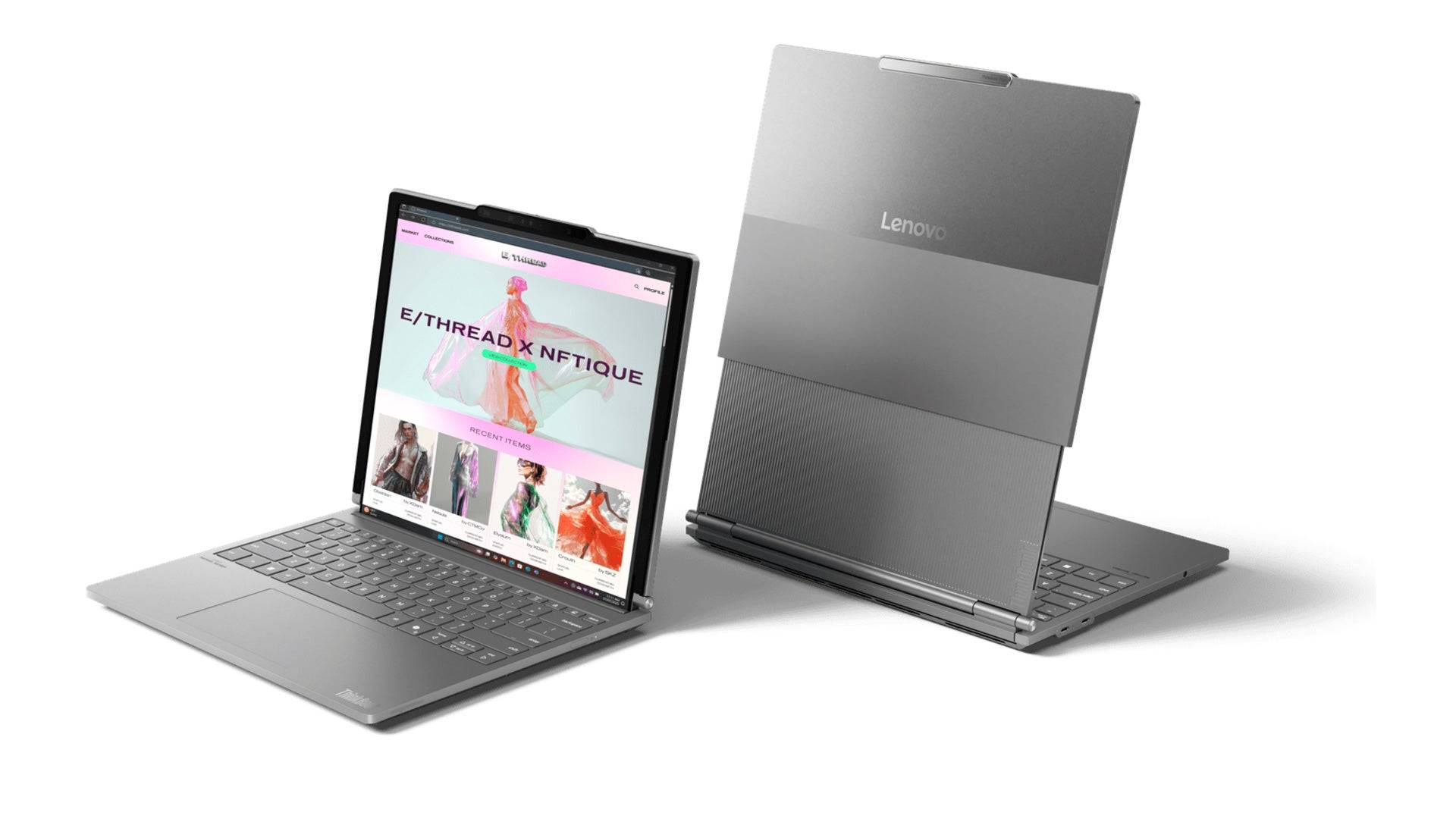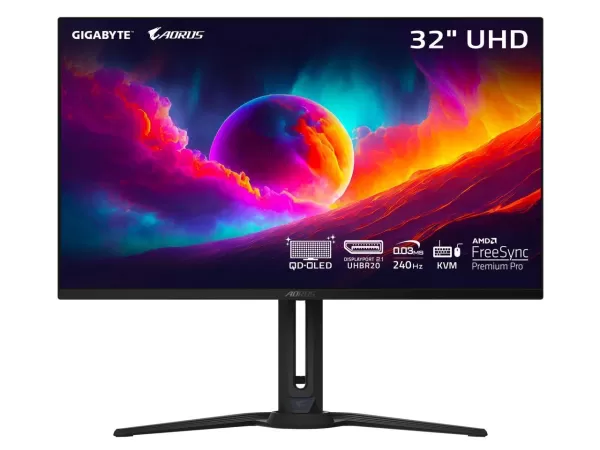CES 2024 showcased a plethora of gaming laptops, revealing key trends shaping the market. This report highlights the most significant developments.
Diverse Designs: A Spectrum of Styles
While gaming laptops have always offered diverse aesthetics, this year's selection felt particularly expansive. Manufacturers like Gigabyte and MSI are blurring the lines between productivity and gaming machines, emphasizing design elements beyond raw hardware.
This translates to a broader range of options. Sleek, professional designs like the Gigabyte Aero series sit alongside visually striking models such as the MSI Titan 18 HX AI Dragonforged Edition, which boldly displays its gaming pedigree.
 RGB lighting remains a staple, with laptops featuring innovative lighting schemes, including wrap-around rings, illuminated keyboards, and side/rear/trackpad lighting. Asus ROG Strix Scar's AniME Dot Matrix LED display, capable of displaying text and animations, was particularly noteworthy.
RGB lighting remains a staple, with laptops featuring innovative lighting schemes, including wrap-around rings, illuminated keyboards, and side/rear/trackpad lighting. Asus ROG Strix Scar's AniME Dot Matrix LED display, capable of displaying text and animations, was particularly noteworthy.
Expect a continued variety in size and weight, from compact and lightweight to large and powerful configurations.
 AI Integration: A Work in Progress
AI Integration: A Work in Progress
AI assistance is gaining traction, with several vendors showcasing AI-powered control systems. These systems aim to streamline PC management without requiring manual software adjustments. An MSI demonstration showed an AI assistant automatically optimizing performance settings based on the selected game.
However, the practical benefits remain questionable. While intended for offline operation (though not always explicitly stated), the speed advantage over manual adjustments wasn't immediately apparent. Further evaluation is needed to assess the true utility and capabilities of these AI assistants.
Display Innovations: Mini-LED and Beyond
Mini-LED technology is finally making significant inroads into the gaming laptop market. Asus, MSI, and Gigabyte all presented Mini-LED laptops with high-end specifications. These laptops boast over 1,100 local dimming zones, resulting in superior contrast, brightness, and color accuracy compared to previous iterations. While OLED still holds an edge in contrast, Mini-LED's lack of burn-in risk and higher sustained brightness make it a compelling alternative.
Other innovations were also present. The ASUS ROG Flow X13 returned with USB4 eGPU support, eliminating proprietary connections. Asus showcased its compatibility with a new eGPU featuring up to an RTX 5090. Lenovo's ThinkBook Plus Gen 6 Rollable, though not strictly a gaming laptop, introduced a rollable OLED display, expanding screen real estate with the push of a button. While its initial iteration presents durability concerns, it represents a significant step forward in display technology.

Ultrabooks: Gaming's New Slim Profile
Ultrabook-style gaming laptops are becoming increasingly prevalent. Major manufacturers are adopting this thin, light, and minimalist design, exemplified by Gigabyte's revamped Aero series. These laptops offer a balance of portability and gaming capabilities, particularly for users who don't require maximum settings on the latest titles.
The power of modern integrated graphics from AMD and Intel, coupled with upscaling technologies like AMD FidelityFX Super Resolution and Intel XeSS, allows for surprisingly playable performance, even without a dedicated GPU. Cloud gaming services like Xbox Cloud Gaming and Nvidia GeForce Now further enhance the viability of Ultrabooks for casual gaming.
 The rise of Ultrabooks raises questions about the long-term necessity of lower-performance dedicated GPUs like the RTX 4050M.
The rise of Ultrabooks raises questions about the long-term necessity of lower-performance dedicated GPUs like the RTX 4050M.
The gaming laptop landscape is evolving rapidly. Further analysis of these and other developments will be provided throughout the year. Share your thoughts and observations in the comments!



















